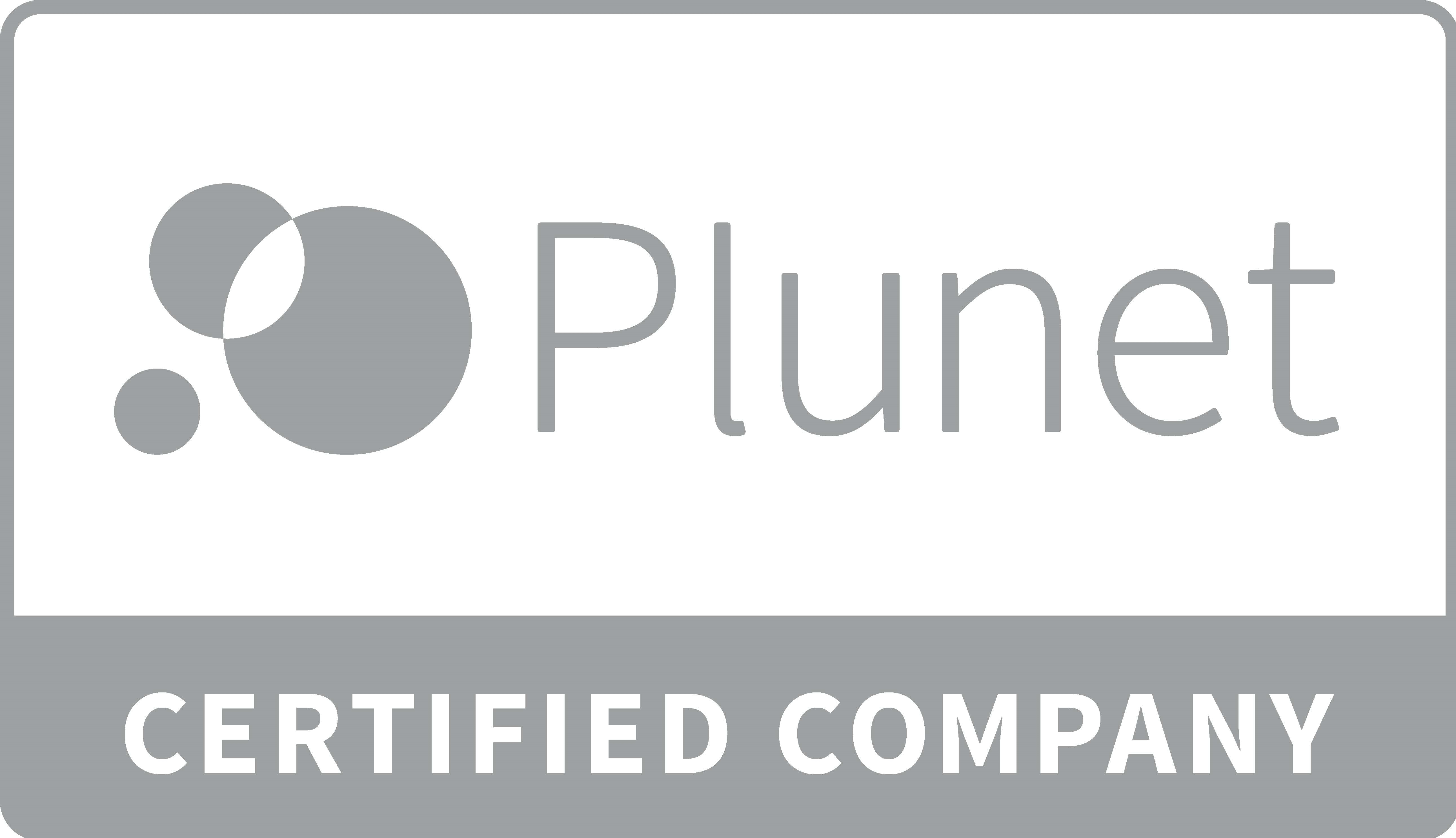Web-based Training (WBT): A complete guide for companies
When teams grow quickly, processes change, and goals can’t stop, the biggest bottleneck becomes training. In-person training is expensive, hard to scale, and rarely keeps content updated. That’s where Web-based Training (WBT), or online training, solves the problem: it brings digital learning to any device, standardizes knowledge, reduces costs, and accelerates performance.
In this guide, you’ll learn what WBT is, key concepts, how to implement it, which technologies and platforms to use, benefits, metrics, and trends to support evidence-based decisions.
What is Web-based Training (WBT)?
WBT is a learning format delivered via the web, accessible through a browser, that combines multimedia content (text, video, audio, simulations), assessments, and progress tracking. Unlike purely recorded courses, WBT can be synchronous (live) or asynchronous, with features like microlearning, learning paths, and personalization.
Key Concepts
- E-learning vs. WBT: E-learning is the umbrella; WBT is the “web-delivered” slice.
- Synchronous vs. asynchronous: live classes (webinars) vs. on-demand modules at the learner’s pace.
- Microlearning: short, skill-focused content that improves retention and performance.
- SCORM/xAPI: standards that allow tracking and recording learning activities across platforms.
- LMS/LXP: LMS (Learning Management System) manages courses and compliance; LXP (Learning Experience Platform) focuses on user experience, recommendations, and engagement.
- Learning analytics: using data to measure effectiveness, identify gaps, and optimize learning paths.
Why WBT matters for operations
- Scale and consistency: standardized content for distributed teams.
- Agility: updating a module is faster than reorganizing in-person sessions.
- Costs: reduced travel, logistics, and lost productivity.
- Time to competence: microlearning and guided practice shorten onboarding.
- Compliance and risk: mandatory paths tracked with traceability.
- Access and inclusion: mobile-first and accessibility features expand reach.
Evidence-based benefits
- Higher retention and engagement: research shows breaking content into microlearning and continuous assessment improves retention compared to long, one-off sessions.
- Performance improvement: companies that combine WBT with deliberate practice and feedback accelerate on-the-job application.
- ROI: replacing parts of in-person training with WBT often lowers direct and indirect costs without loss of quality, provided instructional design and metrics are in place.
How to implement WBT: step by step
1) Needs Assessment
- Identify critical competencies by role.
- Conduct gap analysis based on business KPIs (e.g., CSAT, conversion, safety).
- Prioritize high-impact, high-frequency topics.
2) Defining Learning Objectives
- Use observable verbs (e.g., “configure,” “negotiate,” “diagnose”).
- Link each objective to business metrics (response time, errors per task, NPS).
3) Content Architecture
- Design learning paths by persona (e.g., SDR, field leader) and seniority.
- Mix formats: short videos, structured texts, simulations, checklists, case studies.
- Integrate practice moments: quizzes, branching scenarios, on-the-job exercises.
4) Instructional designs and standards
- Apply multimedia principles (visual cues, segmentation, concise narration).
- Use clear language, company-relevant examples, and progression from simple to complex.
- Apply microlearning for specific topics in modules of 8–12 minutes.
5) Content Production
- Script before recording.
- Ensure visual identity and accessibility (captions, contrast, keyboard navigation, image descriptions).
- Version content for quick updates.
6) Technology and Platform
- Choose an LMS/LXP with:
- Support for SCORM 1.2/2004 and xAPI.
- Catalogs, paths, and enrollment automation.
- Reporting and integrations (HRIS, SSO, collaboration tools).
- Mobile app and offline capabilities if needed.
- Evaluate authoring tools that export SCORM/xAPI and responsive templates.
7) Pilot and Iteration
- Launch to a small group, collect completion, time, score, and qualitative feedback.
- Adjust content, difficulty, and navigation issues.
- Scale in waves, prioritizing high-impact areas.
8) Governance and operations
- Define roles (sponsor, L&D team, business SMEs).
- Schedule quarterly reviews and updates for critical content.
- Standardize metadata for catalogs to improve search and recommendations.
Technologies and tools involved
- LMS/LXP: manage users, paths, deadlines, certifications, and reports.
- Authoring tools: create interactive, responsive modules with template libraries.
- Asset repositories: organize media and ensure version control.
- Interoperability standards:
- SCORM: tracks completion, time, and scores.
- xAPI: captures experiences beyond the LMS (simulators, apps, AR), stored in the LRS (Learning Record Store).
- Conferencing/webinar tools: support live sessions integrated with LMS.
- Analytics: BI layers that link learning data with operational KPIs.
Platforms: how to choose
Essential criteria
- Scalability and SLA.
- User experience (search, recommendations, mobile).
- Reporting: dashboards, exports, APIs.
- Compliance and security (SSO, GDPR/LGPD, role-based access).
- Catalog and curation (integration with external libraries).
Desirable criteria
- Purposeful gamification (points and badges tied to objectives).
- Adaptive paths with AI for personalized pace and content.
- Support for communities, forums, and social learning.
Measurement: what to track
Learning indicators
- Completion, time per module, scores, and attempts.
- Retention (retests) and transfer (on-the-job application).
Business indicators
- Error reduction, time-to-productivity, conversion rates, customer satisfaction, safety incidents.
Evaluation models
- Reaction and learning (surveys, quizzes).
- Behavior (observations, shadowing, on-the-job checklists).
- Results (impact and ROI analysis).
Experiments
- A/B test module versions, compare groups with and without WBT for the same objective.
Content Best Practices
- Start with the business problem and user context.
- Use storytelling with realistic scenarios (e.g., handling a critical customer).
- Break down long content and ensure clear navigation.
- Add frequent checkpoints and immediate feedback.
- Provide support materials (playbooks, scripts, spreadsheets).
- Optimize for mobile: readability, large touch areas, captioned videos.
- Accessibility by design (WCAG).
- Localization and glocalization: adapt examples and terms to country and sector.
Evidence and case studies for decision-making
- Microlearning and spaced repetition improve retention and reduce forgetting, supported by cognitive psychology research.
- Simulations and scenarios enhance skill transfer in areas like sales, customer service, and safety, according to experiential learning studies.
- xAPI enables richer analysis, linking learning events to operational outcomes, helping demonstrate ROI.
- Organizations aligning WBT to business OKRs sustain engagement and prioritize impactful content.
WBT trends for the coming years
- AI-driven personalization: recommends paths and adjusts difficulty based on performance.
- Learning in the flow of work: content embedded in tools already in use (CRM, ERP, chat).
- AI-assisted content generation: faster scripting, persona variations, and translation, with human review.
- Advanced simulations: AR/VR for technical and safety skills.
- Predictive learning analytics: identify dropout risk, suggest interventions, and measure near real-time impact.
- Verifiable credentials: digital badges and certifications tied to measurable skills.
Quick checklist to launch your WBT
- Clear, measurable objectives.
- Short, practical modules.
- Assessments aligned with job tasks.
- Platform with SCORM/xAPI, reporting, and SSO.
- Pilot, adjustments, and communication plan.
- Metrics linked to business KPIs.
- Governance and update schedule.
Conclusion and next steps
Web-based Training has become a cornerstone of corporate learning by combining scale, speed, and measurability. To achieve results, connect each module to a business objective, choose interoperable platforms (SCORM/xAPI), design short, practical experiences, and measure impact beyond completion. The next step is to prioritize a high-value use case, run a controlled pilot, and expand based on data. If you need support with content architecture, LMS/LXP selection, or measurement, build a 90-day roadmap and involve business stakeholders from the start.








